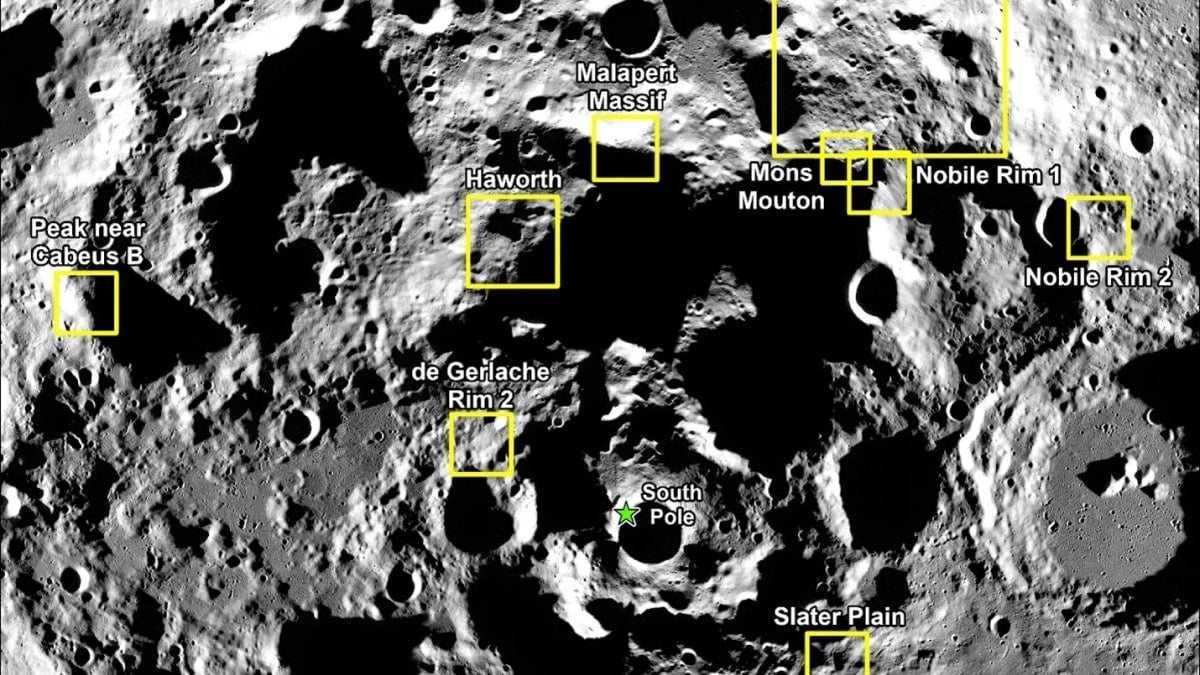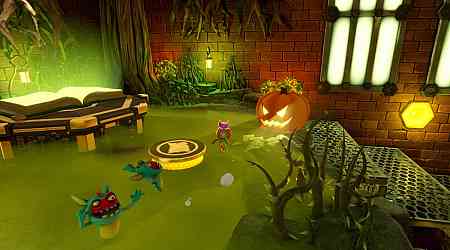NASA has given nine possible landing regions for its upcoming Artemis III mission. This mission will mark humanity's first crewed journey to the Moon in over fifty years. The selected regions are located near the lunar South Pole, an area rich in scientific potential. The lunar South Pole is a crucial target for exploration. According to Lakiesha Hawkins from NASA, the aim is to land astronauts safely while enabling them to make important scientific discoveries. The regions chosen for Artemis III will be studied further to ensure mission success.
NASA's Cross Agency Site Selection Analysis team worked alongside various partners to assess these regions. They examined many factors, including the scientific value of each site and their overall feasibility.
The Nine Candidate Regions Details
The nine regions identified for Artemis III include:
- Peak near Cabeus B
- Haworth
- Malapert Massif
- Mons Mouton Plateau
- Mons Mouton
- Nobile Rim 1
- Nobile Rim 2
- de Gerlache Rim 2
- Slater Plain
These sites have different geological features. These difference provides flexibility for mission planning. The lunar South Pole has never been explored by humans before. It contains areas that are permanently shadowed, possibly holding essential resources like water.
Opportunities for Scientific Discovery
The Artemis mission is very different from past lunar missions, especially the Apollo missions. Sarah Noble, who leads lunar science for Artemis, noted that the South Pole gives access to some of the Moon's oldest terrain. This terrain could have cold areas that contain water and other significant materials.
To select these regions, NASA used data from the Lunar Reconnaissance Orbiter. They also reviewed existing lunar research. For their selection they took in account factors scientific opportunities, terrain suitability and the timing of launch windows.
Engaging with the Scientific Community
NASA plans to involve the lunar science community in its work. Conferences and workshops will help gather data and create geological maps of the proposed landing sites.
The assessments will not stop with Artemis III. Future missions, such as Artemis IV and Artemis V, will also benefit from this ongoing research. NASA will announce the exact landing sites for Artemis III after finalising the mission's launch dates. This decision is vital for planning safe landing paths and understanding the conditions astronauts will face.
































